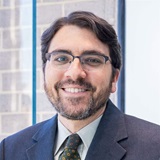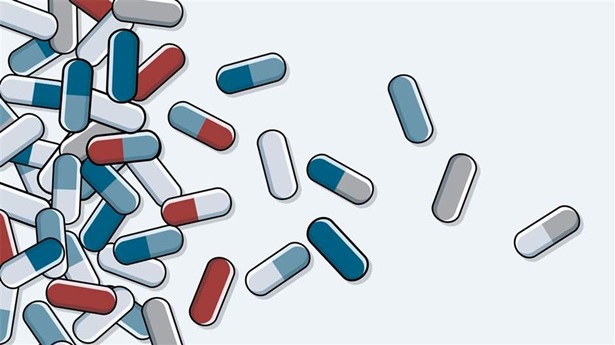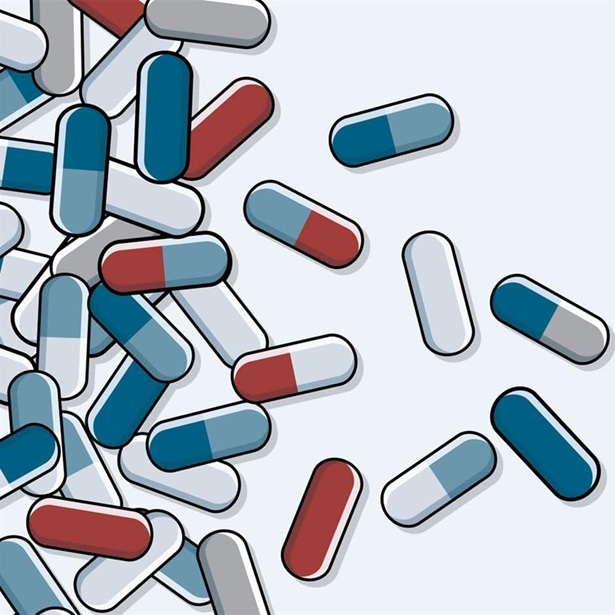America’s Largest Banks Make Major Overdraft Changes That Will Help Consumers
These 5 institutions all offer or plan to offer small loans to better meet customers’ needs

January 2022 turned into a watershed month for boosting consumer protections in the nation’s banking industry and making sure that more Americans can get access to safe and affordable credit. Over the course of just nine days, five of the country’s largest banks—Bank of America, Wells Fargo, U.S. Bank, Truist, and Regions Bank—announced that they are eliminating what are known as nonsufficient funds (NSF) fees and certain overdraft charges while adding some safeguards to their overdraft programs.
Historically, overdraft programs were marketed as helping people who live paycheck to paycheck prevent important transactions from being declined, but this high-cost option does not effectively address the needs of most consumers who need time to repay in installments. This is especially true for the millions who turn to overdraft as a way to borrow small amounts of money.
Encouragingly, U.S. Bank and Bank of America already offer affordable small loans, and the other three banks announced plans to launch such programs with limits of $500, $750, or $1,000, depending on the bank. The total savings to consumers from the overdraft changes at these five banks alone could top $2 billion annually. And borrowers’ annual savings from gaining access to affordable small loans—compared with the payday and other high-cost loans they often use today—could exceed that amount.
Both overdraft reform and new bank small-installment loans and lines of credit were sorely needed. The banks’ actions come after Ally Bank and Capital One eliminated overdraft fees altogether in 2021. Pew’s research has detailed the harmful effects of overdraft and nonsufficient funds fees, which have an outsize impact on low- and moderate-income Black and Hispanic customers.
According to Pew, one-third of overdrafters said they used the option to borrow, essentially as a form of high-cost credit. The research also shows that a small proportion (18%) of account holders pay the vast majority (91%) of overdraft fees. The dual steps of eliminating key penalty fees and expanding access to small loans will protect consumers and improve their ability to borrow. Three large banks that had already launched small-loan programs in the past few years—Huntington Bank, Bank of America, and U.S. Bank—all have reported success. Each gives customers three months to repay, proving that bank small-dollar loans can work for consumers and financial institutions.
The moves by these five banks could spur other large banks, community banks, and credit unions to revisit their overdraft policies and reduce or eliminate fees. Other banks should follow the lead of these five and Huntington to offer small-installment loans or lines of credit to their checking account customers.
In recent months, the federal Office of the Comptroller of the Currency (OCC), under Acting Comptroller Michael Hsu, and the Consumer Financial Protection Bureau, under Director Rohit Chopra, have each highlighted harmful overdraft practices. The agencies have cited concerns that these fees were not spurring competition or financial inclusion and making it harder for struggling consumers to make ends meet.
Banks’ recent actions on overdraft and small loans better align their interests with their consumers’ financial needs. Still, federal overdraft regulations would be beneficial, especially because most banks and credit unions have not yet taken these steps.
The shift away from reliance on overdraft, especially if it spreads to more banks, is likely to have important ancillary benefits. The Federal Deposit Insurance Corp. (FDIC) has found that about half of unbanked households had been banked previously; many had left or had their accounts closed because of high or unpredictable fees, such as those for overdrafts.
Eliminating or reducing such fees is likely to end up increasing the share of Americans who are banked. And increasing the number of Americans who have access to affordable financial services through banks and credit unions is good for customers’ financial health, their communities, and the banking system.
The OCC oversees the safety and soundness of the banks the agency supervises. Its review of overdraft programs fits squarely in its mission. Bringing more Americans into the banking system and keeping them there helps on this front because it increases the broad potential customer base. Such improvements also boost banks’ reputations and show that they are not seeking to gain from customers’ struggles.
The recent changes also emphasize the benefits of long-term mutual success for banks and their customers, rather than efforts to maximize fee income for each bank’s next quarterly earnings report. At a systemwide level, overdraft fees reduce, rather than increase, the safety and soundness of all banks.
The Federal Reserve Board and FDIC would do well to follow the OCC’s lead and review the overdraft practices of the banks they supervise. Concerns about providing liquidity for consumers should be met with actual small credit, rather than overdraft policies that lead to penalty fees. January’s developments prove that scenario is becoming an industry norm. That’s good news likely worth billions of dollars in savings for households that live paycheck to paycheck.
Major Overdraft Policy Changes at 5 of the 7 Largest U.S. Banks
January updates will benefit low- and moderate-income households
| Bank | Overdraft Policy Changes | Small-Loan Offering |
|---|---|---|
| Bank of America | Will eliminate nonsufficient funds (NSF) and overdraft transfer fees and ATM overdraft and reduce overdraft fees from $35 to $10. | Yes: installment loan up to $500 |
| Regions | Will eliminate NSF and overdraft transfer fees. Will allow access to direct deposit two days before payday. Also will limit the number of overdraft fees to three per day. | Pending: $500 line of credit, details forthcoming |
| Truist | Will eliminate NSF and overdraft transfer fees, while adding checking account feature with $100 negative balance buffer and no-overdraft checking accounts. | Pending: $750 line of credit, details forthcoming |
| U.S. Bank | Eliminated NSF fees. Will eliminate overdraft fees on negative balances up to $50 and allow a full-day grace period for overdraft fees. | Yes: installment loan up to $1000 |
| Wells Fargo | Will eliminate NSF and overdraft transfer fees, start a 24-hour grace period for overdraft fees, and allow access to direct deposit two days before payday. | Pending: $500 loan, details forthcoming |
Source: All details come from company announcements.
Alex Horowitz is a principal officer and Linlin Liang is a senior associate for The Pew Charitable Trusts’ consumer finance project.












